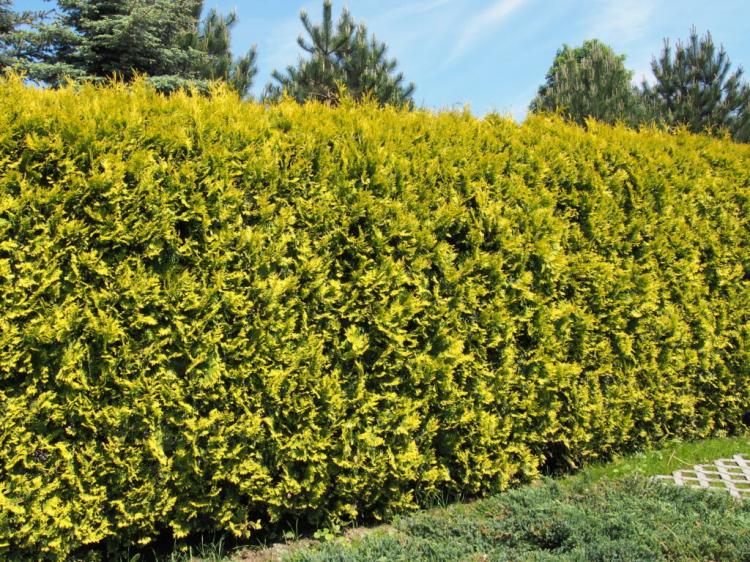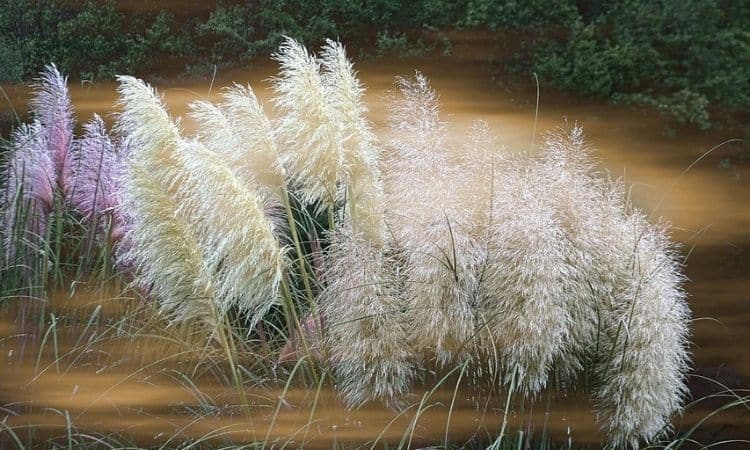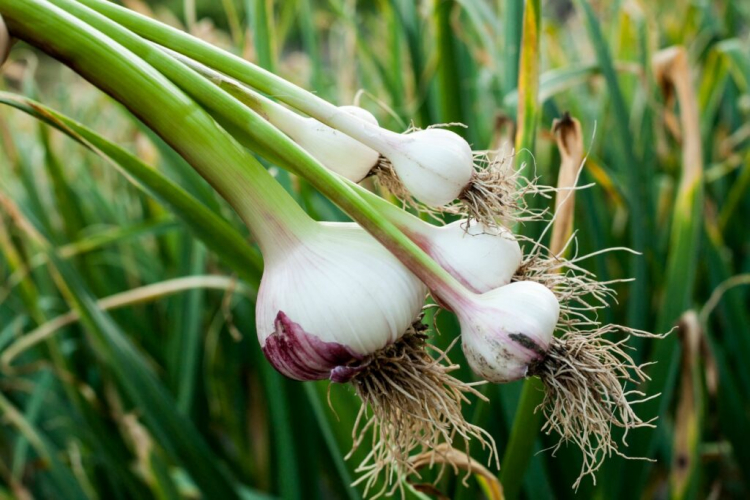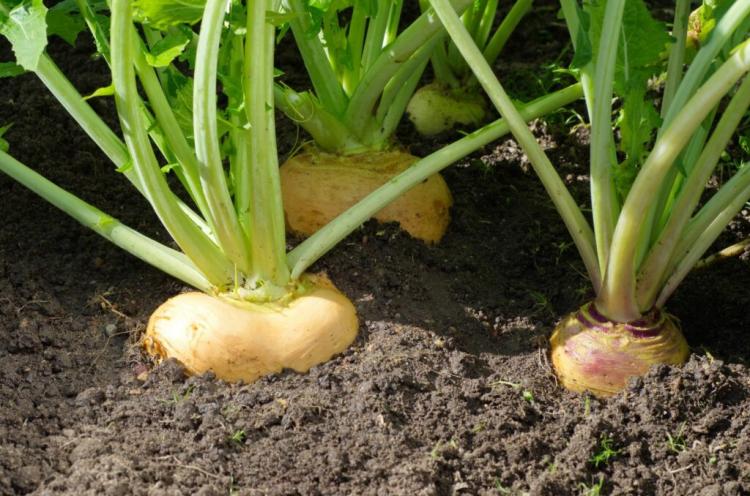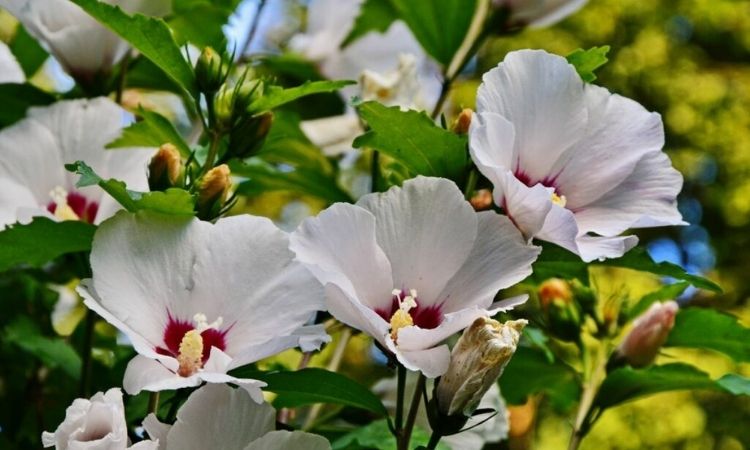Fertilizing Hedges: Tips And Tricks For Proper Care
For them to serve their purpose and to be opaque, hedges must be properly fertilized. Here you will find everything you need to know about fertilizing hedges.
A hedge offers the optimal property delimitation for friends of a green garden. They form a wonderfully natural privacy screen and keep uninvited neighbors away. However, the botanical variant is not only more attractive than the variants made of dead material – such as wooden fences and Co. It is also a little more maintenance-intensive because hedge plants need to be kept in shape, watered, and occasionally given a little fertilizer.
This is the only way for your hedges to develop instead of green foliage even on semi-optimal soil and to sprout vigorously every year. Unfortunately, there is no universally applicable hedge fertilizer, because hedges are not a type of plant, but a type of plant. Still, there are a few general things to keep in mind that are hard to go wrong with most hedge plants.
Hedge plants want to be fertilized, there is no question about that. But depending on whether you call conifers or deciduous trees your own, whether the plants are evergreen or just summer green and how fast the selected hedge plant grows, the fertilizer requirement can vary. Even if that sounds like science in itself, hedge plants are fundamentally similar in terms of when to fertilize and which fertilizers should be used.
When to fertilize the hedge?
Table of Contents
Whether fertilization is necessary when you plant your hedge depends on the soil conditions and the planting goods purchased. Container goods usually already contain a slow-release fertilizer and must be fertilized no earlier than four weeks after planting, usually not until the following year. In the case of bare-root crops and if the selected location only has very poor, sandy soil, you should not do without plant fertilization. Mature compost and horn shavings are mixed into the excavated earth. Most of the hedge plants are supplied with sufficient nutrients by the following year. Never use a mineral fertilizer. This is too concentrated for the still weakly developed roots and leads to root burns.

Fertilize hedges in spring
Regular fertilization of your garden greening should find a place in your gardening calendar in spring. Fertilize for the first time before the first annual shoot between the end of March and the end of April. The last fertilization then takes place at the beginning of August at the latest. After that, you should at least stop using nitrogen-rich fertilizers. Otherwise, shoot growth will be encouraged for too long, and newly formed shoots will not have enough time to mature before the first frost. The result is frost damage that leaves unsightly gaps in the hedge.
Fertilize hedges in summer
Especially with conifers ( Coniferales, Pinales ) such as yew ( Taxus ) or Thuja ( Thuja ) fertilization with a fertilizer containing magnesium around June ensures a lush green leaf even in winter. Because magnesium is important for the formation of chlorophyll, which gives the leaves their green color.
Fertilize hedges in autumn
Since hedges cannot be placed in a sheltered place in winter, they have to live with the given weather conditions. But even without cozy warm winter quarters, you can help your plants through the cold season. Simply strengthen your plants from the inside out. Autumn fertilization with a potassium fertilizer at the end of August promotes the hardening of freshly formed shoots. This makes the plant less susceptible to frosty freezing temperatures.

The right hedge fertilizer
In the trade, you can find fertilizers that should be specially adapted to the requirements of hedge plants. Whether these really appeal to every plant as soon as they eke out their life as a hedge remains to be seen. In general, however, these are characterized by a higher dosage of nutrients. Because as a hedge, the plants stand close together and compete more intensely with each other for the available nutrients compared to solitary plants.
The consumption per square meter is consequently higher since there is also space for more plants per area. In addition, the faster your hedge grows, the more fertilizer you have to add to the plants. The need for nitrogen in particular increases, because this nutrient is the basis for the development of shoots and leaf mass. Therefore, in the correct dosage, a universal fertilizer for green plants with approximately the same proportion of nitrogen and potassium and a lower proportion of phosphate is also suitable excellent for taking care of your hedge.
You might so like: Fertilize Orchids: Procedure And Care Tips From The Expert
Most typical hedge plants such as cherry laurel ( Prunus laurocerasus ) or beech ( Fagus ) and even the more demanding boxwood ( Buxus ) are very tolerant of the soil pH value. They feel very comfortable on slightly acidic to slightly alkaline soil. Nevertheless, check occasionally in which range the pH value of your soil is. If the value has dropped too much, adding lime helps. This is also important because of the calcium it contains.
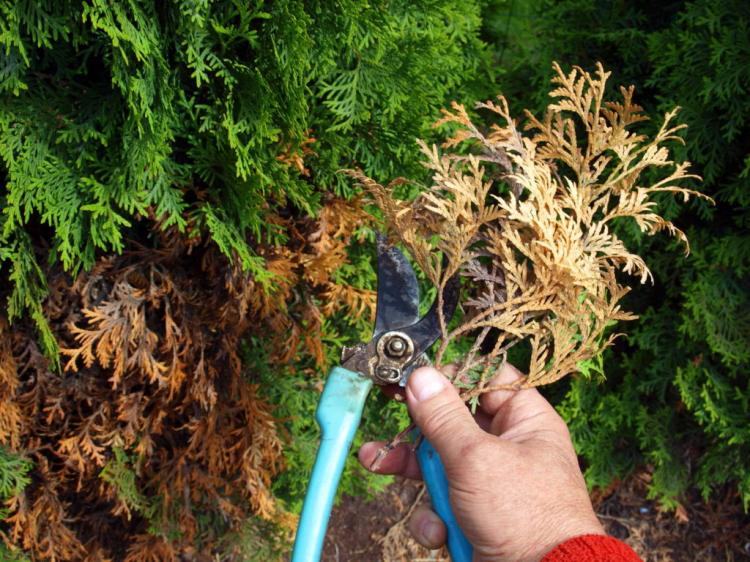
Summary: the right fertilizer for hedges
- Hedges have a higher need for nutrients than solitary plants
- Fast-growing hedge plants have higher nutritional needs than slow-growing ones
- Universal fertilizer with a balanced nitrogen and potassium content as well as a lower phosphate content
- Keep soil pH slightly acidic to slightly alkaline; lime if necessary
Organically fertilize hedges
Regardless of whether it is a special fertilizer or a universal fertilizer, you would prefer to use an organic rather than a mineral variant. Because even fast-growing hedge plants tend to be frugal and, above all, very sensitive to excessive supply frenzy. A fertilizer that consists mainly of organic compounds slowly releases the nutrients it contains. This ensures a practical long-term supply and at the same time minimizes the risk of overfertilization.
You May Also Like Flowering Hedges
You are not only doing your hedge plants a favor, after all but organic fertilizers are also produced in a very resource-saving and sustainable manner. In addition, healthy soil life is also supported. As a thank you, you will not only receive vital plants but also help with loosening the soil. The risk of waterlogging decreases and the roots are better supplied with oxygen. In sandy soils, which have a low storage capacity for minerals, you can also give rock flour. This supplies important trace elements such as magnesium, iron, and potassium. It also contains lime, which ensures a suitable, slightly alkaline soil pH value and a supply of calcium.

An additional layer of mulch made of leaves, lawn clippings, or other cut waste can be helpful in the root area after spring fertilization. It can inhibit weed growth, protect against dehydration, and have an insulating effect in winter. The mulch layer also provides an additional source of phosphate and magnesium, as these nutrients are slowly released as they decompose. However, especially in the case of hedge plants with a high nitrogen consumption such as privet ( Ligustrum ), pay attention to an additional supply of a nitrogen-heavy fertilizer such as horn shavings. The reason for this is that the microorganisms that break down the mulch layer remove some of this important nutrient from the soil.
You might so like: Fertilize Rosemary: Professional Tips On Timing And Procedure
Long-term organic fertilization: Instructions for hedges
Organic fertilizers also have significant advantages over full mineral fertilizers when it comes to application. Usually, single fertilization in spring is sufficient, because the nutrients are released evenly over a long period of time. There are, however, exceptions. Fast-growing cherry laurel varieties, for example, have to be re-fertilized in summer. Dosing is also easier, as over-fertilization does not occur so quickly. Nonetheless, there are a few basic things to consider here as well. So that the organic fertilization of your hedge works smoothly, we have created a brief overview of the application of organic universal fertilizer below:
With the correct dosage, a universal fertilizer is ideal for fertilizing hedges
- Before planting, work 100 – 150 g / m² (well-filled 0.2-liter jar) of organic universal fertilizer into the upper soil layer
- Water the soil and freshly planted plants well so that the granules can dissolve well
- With maintenance fertilization in spring, you should fertilize another 80 – 120 g / m² (0.2-liter jar) per plant
Fertilize hedges with mineral fertilizers
In mineral fertilizers, the nutrients are in salt form, they are water-soluble and therefore directly available to the plant. In this way, however, they also quickly wash out of the earth and end up unused in the groundwater. Therefore, when using blue grain and other mineral fertilizers, you should pay particular attention to the dosage and the time of fertilization. Otherwise, the nutrients cannot be absorbed effectively or roots can even be damaged by over-fertilization.
The time of fertilization is adjusted to the annual budding times of your hedge. A couple of weeks before budding, roots will begin to grow, and at this point, most of the nutrients can be absorbed by the plants. In general, you should spread the application of mineral fertilizers over two to three applications during the growth phase between March and the beginning of August, because the nutrients are only available for a short time. After each fertilizer application, top up with sufficient water to prevent burns in the fine root area.
You might so like: Fertilizing Thuja: Care Tips For The Tree Of Life
If used correctly, mineral fertilizers can lead to stronger growth of your hedge compared to natural fertilizers, but you should think carefully about whether you should still use an organic product. This reduces your impact on the environment and you have to pay less attention to the fertilizer.
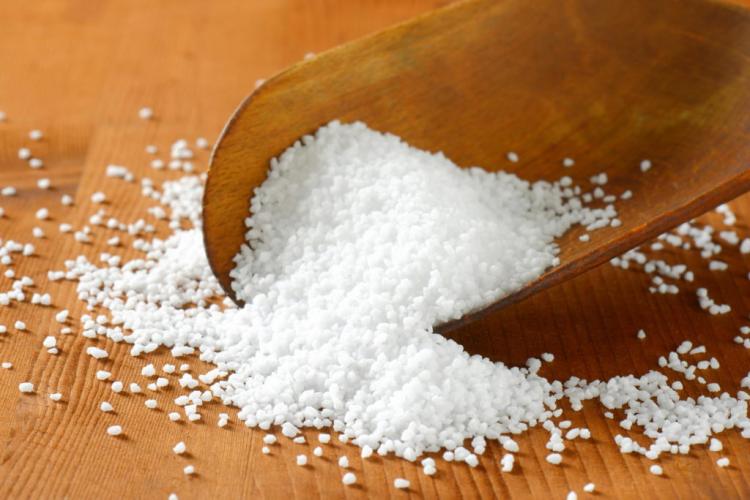
Fertilize hedges with home remedies: horn shavings
With a handle on natural fertilizer, you are well served with hedges. You can choose between well-ripened compost, manure, or guano. Coffee grounds as fertilizer are also an excellent source of nutrients and are certainly better used under your hedge than in household waste. Work the natural fertilizer of your choice into the top layer of soil and cover the mixture with a layer of soil. In the case of fast-growing hedge plants, you should also mix in horn shavings, as these provide plenty of nitrogen and phosphate.
